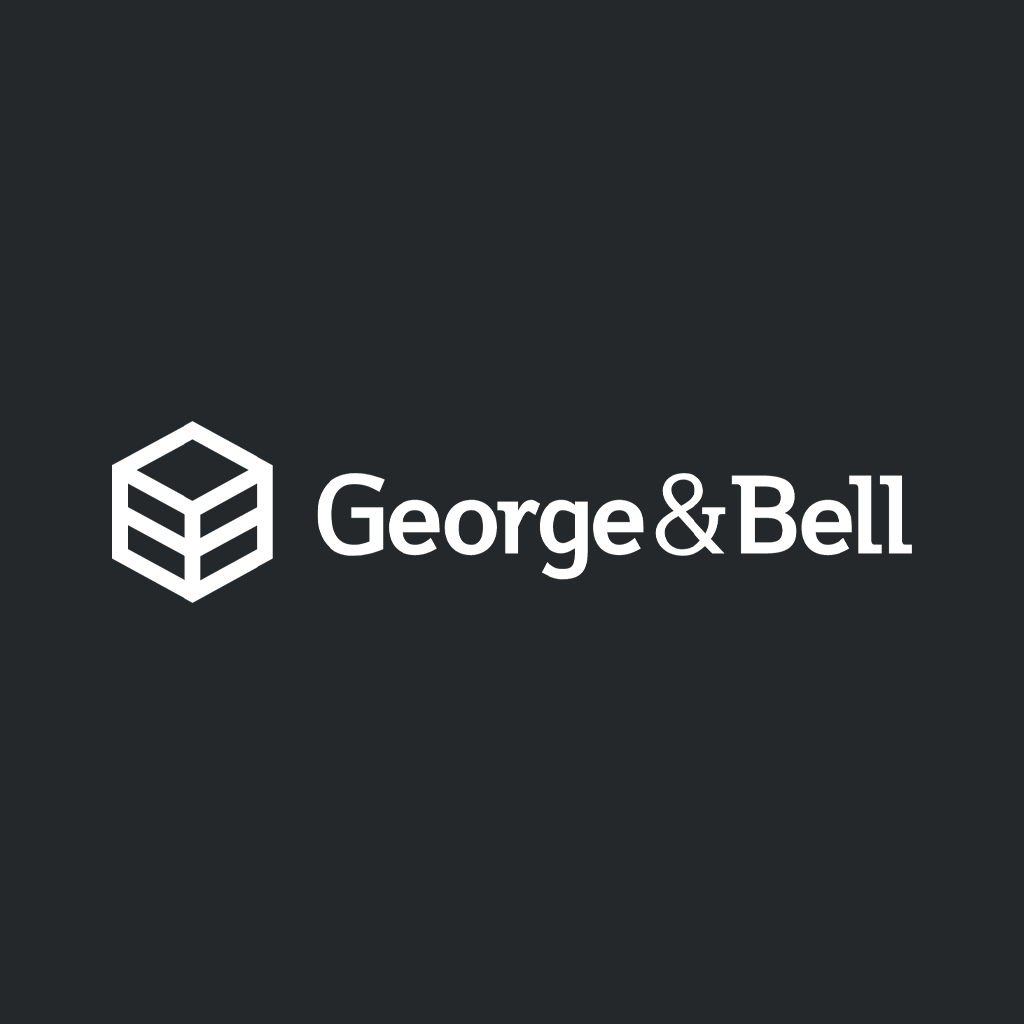Last week the B.C. government announced new defined benefit (DB) plan funding rules that take effect December 31, 2019. Some might say that these changes have been long overdue given that the past regime’s heavy focus on solvency is a main cause of DB plans being less prevalent in the private sector. Only time will tell as to whether these changes will stem the tide of DB plan wind-ups but, unfortunately, those sponsors that have already decided to “get out” of DB will likely continue along that path. On the other hand, for those who have been sticking it out, the new rules are likely positive.
What is more important is that buried in these changes is a very positive development – single employers will be able to consider target benefit (TB) plans as a possible design for their employees. This design was previously unavailable in B.C. given that TB plans were restricted to the multi-employer sector. But now, single employers will be able to establish pension arrangements that not only provide them with cost certainty and exemption from onerous accounting rules, but also allow their employees to take advantage of investment and longevity risk sharing in their retirement years. We have already seen multi-employer arrangements in the defined contribution (DC) space switch to TB. Could that be a development for single employer plans? If it is, we see it only as a positive for both employer and employees, especially if it means access to true retirement pension plans vs. traditional savings plans (group RRSPs and DC plans).
Target Benefit Plans for Single Employer
The new rules do not allow the conversion of past service under DB into TB (except possibly in very specific, unique situations). That being said, moving forward with a TB design and DB for past service may still prove to be the best route for current DB plan sponsors who have reached the breaking point where DB isn’t working for them (even with the new “relaxed” funding rules summarized below). As for sponsors of DC plans/group RRSPs or employers with no plans, they can look at TB now as an option for their employees without focusing on many of the drawbacks that existed with a DB design. We look forward to these discussions with our clients as we truly believe that only the TB and DB-type models can provide retirement peace of mind for plan members.
Summary of new Defined Benefit Funding Rules
You may view a summary of the new rules published by the B.C. Financial Services Authority here. They take effect for valuations effective on or after December 31, 2019. In a nutshell, the significant changes as we see them are:
- 85% Solvency Target: Solvency funding will now change from a 100% target to 85%. So, if your plan’s current solvency ratio is greater than 85%, your funding contributions are likely decreasing, potentially significantly depending on how close your solvency ratio is to 100%. (The closer you are already to 100%, the less effect this change will have.)
- Deficit Contributions: With the change to 85% funding, don’t expect to be able to amortize solvency deficits over more than 5 years. This means that if your plan’s current solvency ratio is less than 85%, your funding contributions might actually be increasing. Consult your advisor as the impact of the changes depends on the particular circumstances: how far below 85% the plan currently is, whether any prior solvency funding relief was being used, and the date of your last actuarial valuation (and what interest rates were at the time).
- Enhanced Going Concern Funding: Nothing in life comes for free, so in return for (likely) relaxed solvency rules, going concern funding is enhanced by requiring a Provision for Adverse Deviation (or PfAD). This PfAD is relatively low when interest rates are low (like now, the PfAD would be roughly 8%) and high when interest rates are high(er). Further:
- The PfAD is added to your best estimate liabilities and must be funded on both past service and future service. This is different from TB plans (only the future service PfAD needs to be funded). If your current going concern liabilities already include a margin or PfAD, it will be replaced by this new PfAD. The funding requirements will change only to the extent that the new PfAD is different from what you already had incorporated into your going concern actuarial valuation.
- Reductions in the minimum PfAD are allowed if the portfolio is taking significantly less risk and invested mostly in bonds to match liabilities. The intention here is to not unfairly penalize plans that are reducing risk if they are on a path to wind-up.
- Fresh Start Approach: Deficits on both a solvency and going concern basis must be funded by special payments under a “fresh start” approach. This effectively means that calculating your special payments will become much easier. Annual solvency payments are simply your deficit, below 85%, divided by 5. Annual going concern unfunded liability payments are equal to your deficit (below 100%) divided by 10. Simple.
- Contribution holidays: these will now have further limitations on them to ensure the appropriate PfADs are maintained.
We would be happy to speak to any employers or sponsors who have further detailed questions regarding the above changes. We encourage you to speak with your advisors as not all of the changes produce the typical results, depending on specific circumstances.

